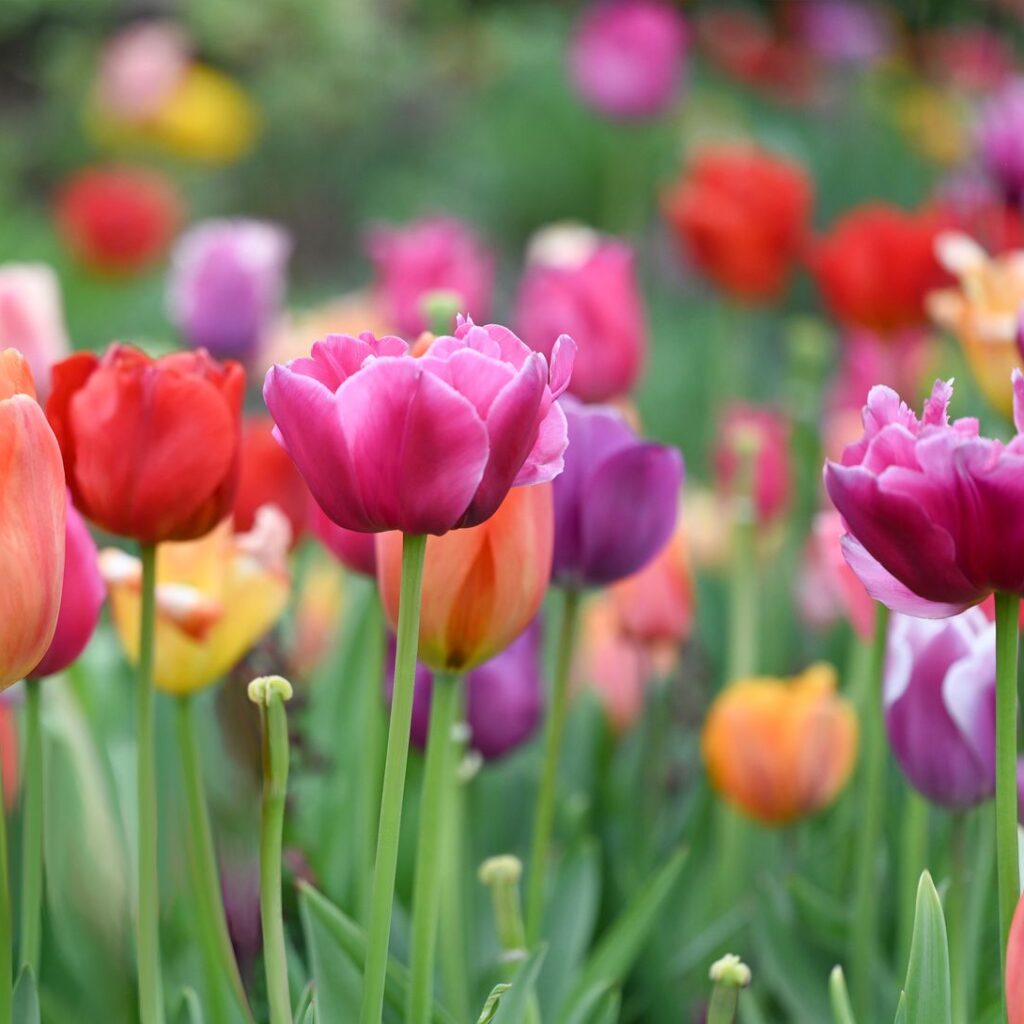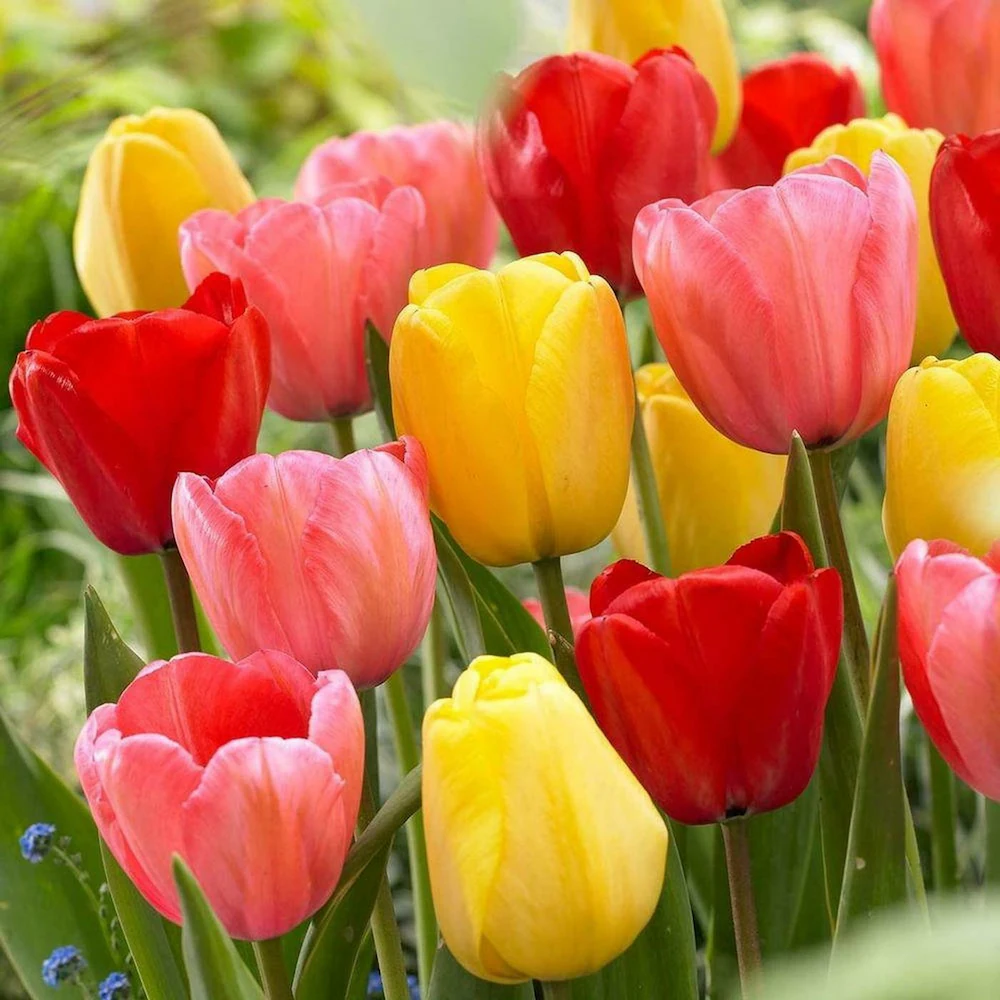Tulips — with their rich hues, elegant form, and storied history — are among the world’s most beloved flowers. From serene home gardens to sprawling fields that stretch to the horizon, these vibrant blooms have captured imaginations across centuries. But have you ever wondered which country leads the world in tulip production? The answer is not only fascinating but also tightly woven into the identity of an entire nation.
In this article, we’ll take you on a journey through the history, numbers, and global influence of tulip production, revealing which country holds the coveted title of the world’s largest tulip producer — and why it continues to dominate the global flower industry.
A Brief History of Tulips

Tulips originally hail from Central Asia, particularly the mountainous regions of present-day Kazakhstan, Iran, and Afghanistan. These wild tulips were later cultivated by the Ottoman Empire, where they became symbols of wealth and nobility during the famed “Tulip Era” in the early 18th century.
In the 16th century, tulip bulbs made their way to Western Europe, quickly gaining popularity in the Netherlands. This culminated in the famous Tulip Mania of the 1630s, one of history’s first recorded financial bubbles, where single tulip bulbs sold for the price of luxury homes. While the bubble eventually burst, the Dutch love affair with tulips never faded.
Which Country Is the Largest Tulip Producer Today?
Without question, The Netherlands holds the title as the largest tulip producer in the world. It isn’t just a significant part of the Dutch economy — it’s a central pillar of their cultural identity.
Key Facts:
- The Netherlands produces over 4 billion tulip bulbs annually.
- About 1.3 billion tulip bulbs are exported worldwide every year.
- The country accounts for over 85% of global tulip production.
- Tulip farming covers approximately 13,000 hectares of land in the Netherlands.
No other country comes close to matching these figures, making the Netherlands the undisputed leader in tulip cultivation and exportation.
Why the Netherlands? Perfect Conditions for Tulips

Several factors make the Netherlands the ideal place for growing tulips:
Favorable Climate
The Netherlands has a mild maritime climate with cool springs and early summers — perfect for tulip cultivation. Tulips thrive in temperatures between 12°C and 18°C (53°F to 64°F), and the Dutch climate provides these conditions consistently during the tulip-growing season.
Sandy, Well-Drained Soil
Tulips require well-draining soil to prevent bulb rot. The Netherlands, especially in areas near the North Sea coast, has sandy-clay soil that drains easily while retaining enough moisture — ideal for tulip growth.
Expertise and Tradition
The Dutch have been perfecting the art of tulip cultivation for over four centuries. This unmatched horticultural expertise has allowed them to develop the most efficient farming, harvesting, and exporting systems in the world.
World-Class Infrastructure
The Netherlands boasts state-of-the-art greenhouses, automated sorting systems, and a well-developed logistics network. This infrastructure ensures fresh tulips and bulbs can be exported quickly to markets across Europe, Asia, and North America.
The Heart of Dutch Tulip Production: Bollenstreek
The Bollenstreek (Bulb Region), located between Haarlem and Leiden, is the epicenter of Dutch tulip farming. Every spring, the region transforms into a mesmerizing sea of colors as tulip fields bloom in striking rows of red, yellow, pink, and purple.
Notable Destinations:
- Keukenhof Gardens in Lisse — the world’s largest flower garden, with over 7 million bulbs planted annually.
- Noordoostpolder in Flevoland — another large-scale tulip-growing area popular for its annual Tulip Festival.
These areas are also major tourist attractions, drawing millions of visitors from around the world every year during the tulip season (March to May).
Tulip Exports: A Global Business

Tulip production in the Netherlands isn’t just about beautiful fields and national pride — it’s a multi-billion-euro global industry.
Key Export Markets:
- Germany
- United States
- United Kingdom
- Japan
- France
- China
Dutch tulip bulbs and fresh-cut flowers are exported to over 100 countries, with the Netherlands responsible for about 90% of the world’s flower bulb exports.
Global Competitors in Tulip Production
While the Netherlands remains far ahead, several other countries have also developed their tulip industries, primarily for domestic markets or limited export:
- France and Poland have moderate production for local consumption.
- Japan grows tulips in cooler northern regions like Hokkaido.
- Turkey, the original cultivator of tulips, hosts annual tulip festivals and small-scale production.
- United States — particularly Washington State and Michigan, are known for tulip festivals and modest bulb production.
- Italy is emerging as a new player, with areas near Milan increasing their tulip cultivation.
Despite these efforts, no other country matches the scale, quality, and export capacity of Dutch tulips.
The Dutch Flower Auctions

One of the most impressive aspects of the Netherlands’ flower industry is its auction system. The Royal FloraHolland auction in Aalsmeer is the largest flower auction in the world, where millions of flowers, including tulips, are traded daily.
At peak seasons:
- Up to 20 million flowers are sold per day.
- Tulips are a top-selling category.
- The auction employs highly automated logistics, ensuring flowers are sold, packaged, and shipped within hours.
Challenges Facing the Dutch Tulip Industry
Even with its dominance, the Dutch tulip industry faces several challenges:
Climate Change
Rising temperatures and unpredictable weather patterns threaten the delicate balance tulips need to thrive. Some growers are experimenting with new bulb varieties and shifting planting schedules to adapt.
Sustainability and Pesticide Use
Environmental concerns have prompted stricter regulations on pesticide use. Dutch growers are investing in more eco-friendly, organic growing methods and integrated pest management systems.
Competition from Emerging Markets
While no immediate threat, countries like China and Italy are increasing their flower-growing capacities, offering potential competition in future decades.
Cultural Significance and Tulip Festivals

Tulips hold a cherished place in Dutch culture and the country’s international identity. Each spring, numerous tulip festivals celebrate the season:
- Keukenhof: Opens from March to May, showcasing millions of tulips in breathtaking arrangements.
- Tulip Festival Noordoostpolder: Features open-field views of vast tulip carpets.
- Amsterdam Tulip Festival: Plants thousands of tulips across the city’s parks and public squares.
These festivals attract millions of visitors globally and contribute significantly to Dutch tourism revenue.
Conclusion
So, which country is the largest tulip producer in the world?
The Netherlands — by a landslide.
With its ideal climate, centuries of horticultural experience, cutting-edge infrastructure, and vibrant cultural connection to tulips, the Netherlands remains the unrivaled leader in tulip production and export. While other countries grow tulips for domestic markets and tourism, none come close to the Netherlands in scale, quality, or global influence.
Whether you visit the breathtaking fields of Keukenhof or spot a vibrant bouquet at your local flower shop, chances are those tulips trace their roots back to Dutch soil — a testament to a timeless national passion and an enduring global legacy.





Leave A Comment